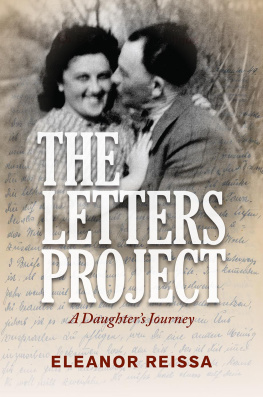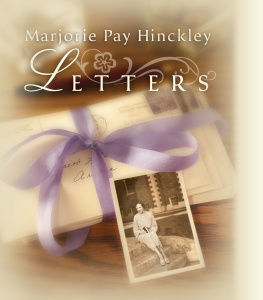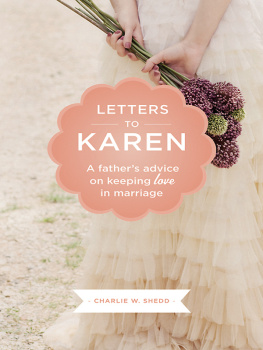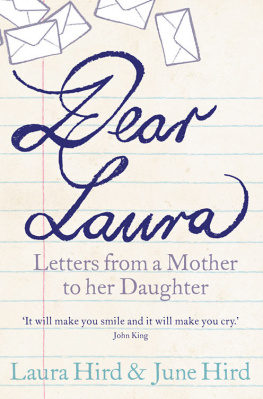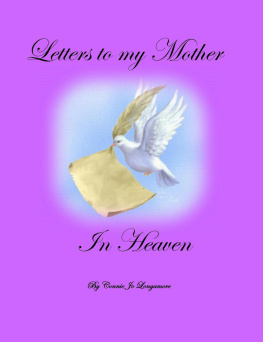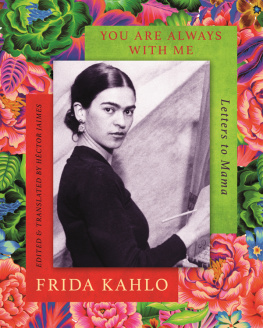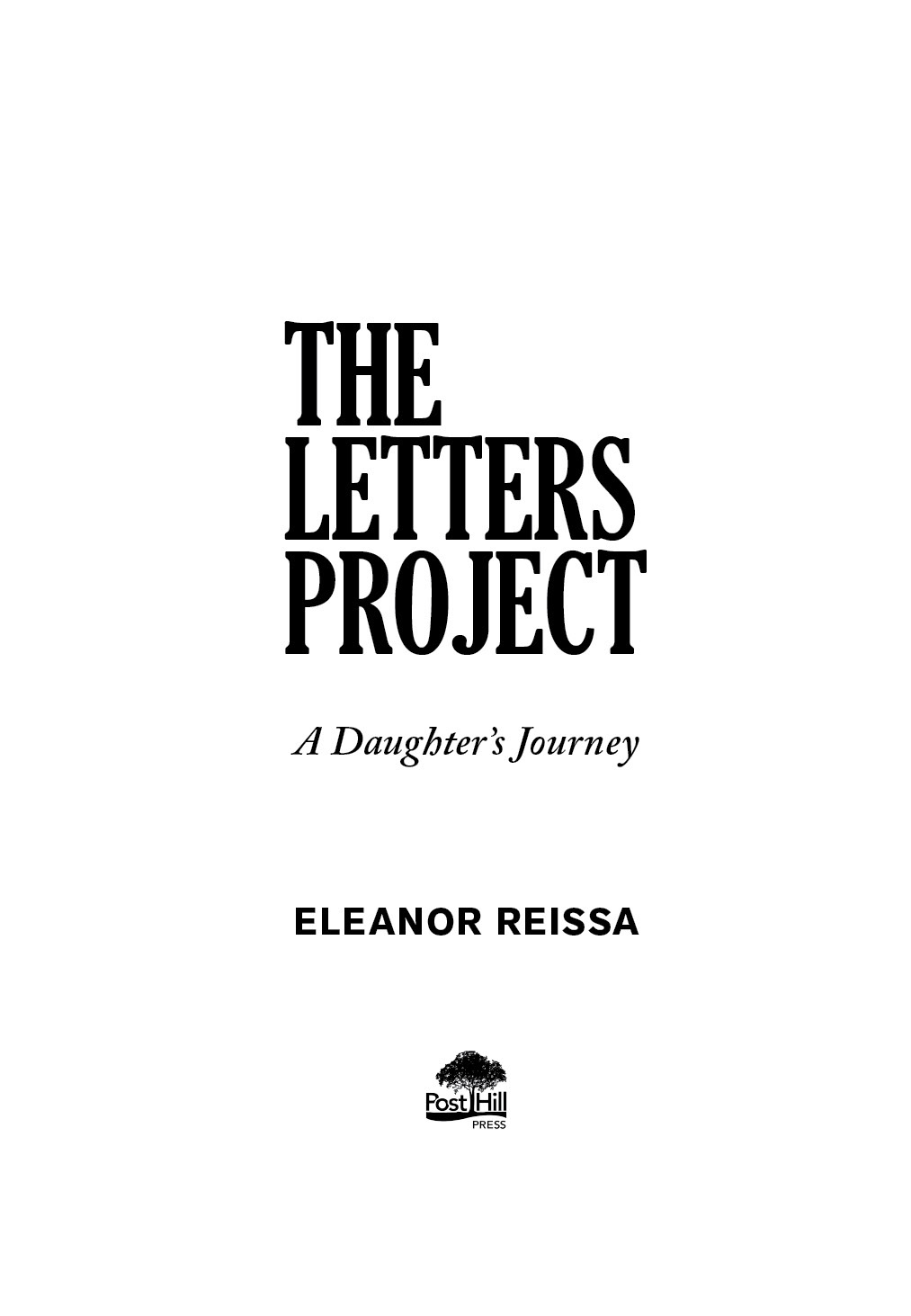Advance Praise for
The Letters Project
The Holocaust, Eleanor Reissa writes in this unforgettable and courageous book, is attached to me like my skin and I would be formless without it. A very personal story that is also a fundamental one of a woman trying to make sense of her life and family and of the shadows that go back before she was born. There is plenty of feeling and sentiment but it never feels sentimental. Her inimitable wit leavens the sadder scenes. This journey of discovery is riveting, told with tender insight, at times heartbreaking and at times heartwarming just like the Yiddish songs that have delighted Ms. Reissas audiences.
Joseph Berger, New York Times reporter and author of
Displaced Persons: Growing Up American After the Holocaust
Among the great number of personal takes on the Holocaust, Eleanor Reissas book really stands out, both for its intelligence and courage and for the unique way she braids the inter-generational stories together. In this brutal, poignant, and searingly honest book, Reissa simultaneously pieces together the unfathomable story of her Holocaust survivor father, reckons with the guilt she came to feel as his uncomprehending American daughter, and manages somehow to find insight and purpose in the ashes. This extraordinary account of two parallel journeys will stick with anyone privileged enough to read it.
David Margolick , former New York Times reporter,
author of several books, including, The Promise and the Dream:
The Untold Story of Martin Luther King, Jr. and Robert F. Kennedy
The Letters Project is a wonderful bookfunny, heartbreaking, and ultimately transcendent. Eleanor Reissas journey back into her familys past makes for a grippingand very humaninternational mystery. I highly recommend it.
Tony Phelan , TV Showrunner for Greys Anatomy , Doubt ,
and Council of Dads
Eleanor Reissa has written a gritty, fearless, yet funny memoir about herself, her family, and the Holocaust. Once I began reading it, I was completely swept away until the journey ended. I was moved by the power of this uniquely personal yet universal story.
Julian Schlossberg , American motion pictures, theatre,
and television producer
A POST HILL PRESS BOOK
The Letters Project:
A Daughters Journey
2022 by Eleanor Reissa
All Rights Reserved
ISBN: 978-1-63758-255-8
ISBN (eBook): 978-1-63758-256-5
Cover art by Bob Stern
Interior design and composition by Greg Johnson, Textbook Perfect
All people, locations, events, and situations are portrayed to the best of the authors memory. While all of the events described are true, a few names and identifying details may have been changed to protect the privacy of the people involved.
Erich Fried, Vielleicht/ Gesprch mit einem berlebenden
aus: Es ist was es ist.
Liebesgedichte Angstgedichte Zorngedichte
1983, 1996, 2007 Verlag Klaus Wagenbach
From The New Republic . 2022 New Republic. All rights reserved. Used under license.
No part of this book may be reproduced, stored in a retrieval system, or transmitted by any means without the written permission of the author and publisher.

Post Hill Press
New York Nashville
posthillpress.com
Published in the United States of America
Contents
For my parents
For my grandparents
For my brothers
And for Frida
What is the meaning of life? Its the lineage and the connection to the past and the connection to the future. Its in our children. Its in our friends. Its in our work. Its all around us.
Philip Glass
We have come here to remember. How and with what will we remember?
Aharon Appelfeld
One of the most important things I had learnt in Auschwitz was that one must always avoid being a nobody.
Primo Levi
We look at this world once in childhood. The rest is memory.
Don DeLillo
Thirty years ago, when my mother died at the age of sixty-fourthe age that I am nowI went through all of her belongings. In the bedroom, in the back of her lingerie drawer, I found an old leather purse. Inside that purse was a large wad of folded papers in a plastic bag.
They were letters.
My First Project
I hadnt thought about this for many years, but when I was a kid in Brooklyn, I had to do a science project for my fourth-grade class. Science was not my strong suit, but I came up with what I thought was a very smart idea. I had recently been to the Museum of Natural History on a school trip and seen the miracle of the extinct dinosaurs brought back to life in the Great Hall: the ancient bones, enormous skeletons, pieced together to re-create a world gone by. Yes, thats what I would do too. I would make a dinosaur out of bones. Chicken bones. My grandfather was a kosher butcher, and I thought: Ive got this covered.
I did not exactly think it through.
Did I mean to use the chicken bones to make a dinosaur or use the chicken bones to reconstruct the body of a chicken? I dont recall exactly what I was thinking except that it seemed like a great idea. Unique. I bet no one else would think of doing that.
I began by asking my family to save the chicken bones from their dinners for me. My family consisted of two uncles and their wives plus one set of grandparents, on my mothers side. Everyone else had been killed in the Holocaust.
Since they were sometimes kind and loving people, they agreed to help me. Of course, they laughed about it. I was a bit of a joke to them in general. They thought I was a weird kideasy to laugh and easier still to cry. When I wept, my mother used to say, You want a reason to cry? Ill give you a reason to cry, and then she would lift the back of her hand as though to hit mewhich she never didbut it did make me stop crying.
Every week for nearly a month, they would give me little plastic baggies filled with the archeological remains of their Sabbath meals: bones from their kosher chickens. Sometimes, the bones would arrive intact, still attached to the greater skeleton of the chicken, with the knee bone connected to the thighbone, just like in the song. The chickens skinny little rib bones would arrive either as separate calcified matchsticks or, when I was lucky, they would be attached to the sturdy spine of that sacrificial fowl. The neck bones di gorgl , as we said onomatopoetically in Yiddishmight arrive connected too, so that you could actually visualize the spinal curve leading from the chickens shoulders and narrowing up to the little pea-brain chicken head, not unlike the dinosaurs at the museum. Or they would be loose independent little rectangular vertebrae that you could stack up on top of each other in size-place, like childrens blocks. The smallest and most intricate bones were from the chickens feet, a delicacyat least to me. I loved gnawing on those juicy little feet and regretted that there were only two per chicken.
After their meals, my relatives not only washed the dishesno one in my family had a dishwasher back thenbut they also saved those bones for me, scrubbing them until they were nearly bleached white, bringing to mind the thoughtful care and attention given to a Jewish body when it is prepared for burial. A final act of kindness that is not usually afforded to chickens.
This science project seemed like a no-brainer to me, and ultimately, of course, it was a no-braineras in, there was no brain used in the execution of this project. My plan was to collect enough bones so that I would have all the pieces I needed to make a dinosaur. Or a chicken. I was still not quite sure which.

